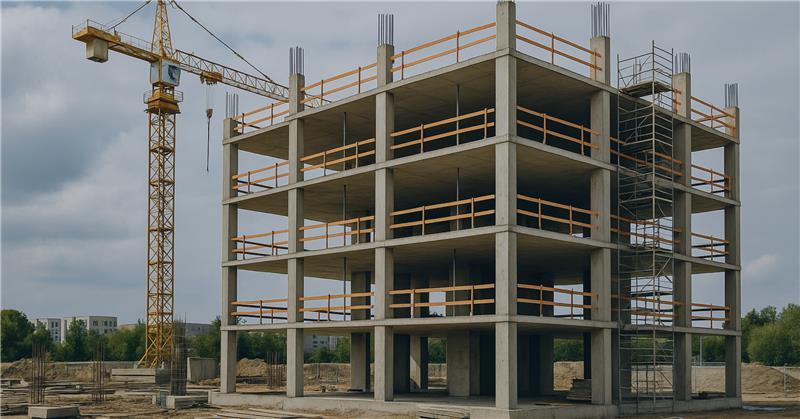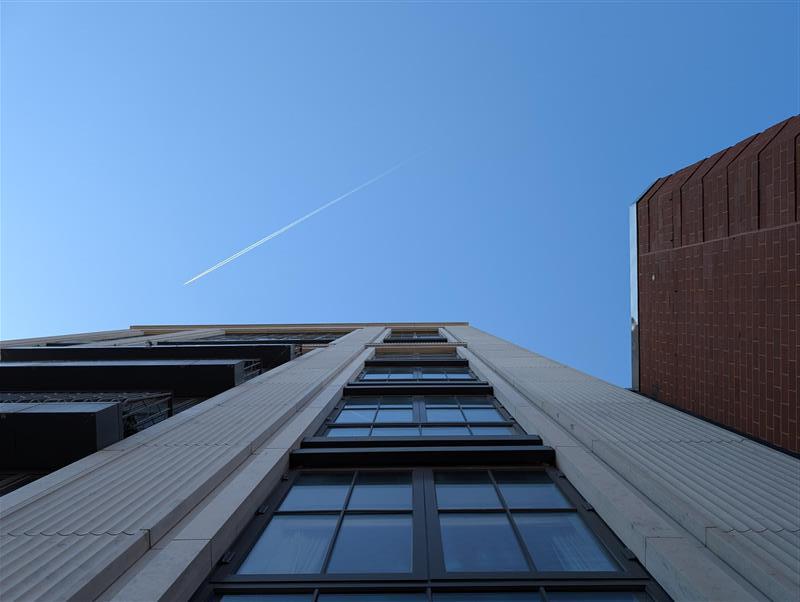On July 22, 2014, the New York State Department of Health (NYSDOH) issued further guidance on testing requirements for Sprayed-on Fireproofing Containing Vermiculite (SOF-V). The document announced the imminent availability of two newly approved NYSDOH Environmental Laboratory Approval Program (ELAP) methods for detecting and quantifying asbestos in samples of SOF-V. These two methods became mandatory as of November 1, 2014.
Of the two, ELAP Certification Manual Item 198.8 is required for use by all accredited New York State commercial laboratories, making it the analytical method most likely used in the permitting process in New York State.
Accuracy concerns lead to NYSDOH guidance
The August 2012 NYSDOH guidance letter FAQ#10 (revised) designated ELAP Method Item 198.1 as an approved method to determine vermiculite in bulk samples of certain building materials. If these materials contained 10% or more of vermiculite, the samples were reported as Asbestos Containing Material (ACM). State regulators worried that inaccuracies in the current analytical method could lead to false negatives, resulting in inadvertent public exposure to asbestos.
Table 1: History of ELAP Methods and Terminology
| ELAP Item | Building Material | Agent | Dates |
| 198.1 | General Bulk Samples | Asbestos | October 1988-Present |
| 198.6 | Floor Tile/ Organically Bound (NOBs) | Asbestos | August 1992 – Present |
| 198.6 | Ceiling Tiles Containing Cellulose | Asbestos | March 2011 – Present |
| 198.1* | Miscellaneous Suspect Material/ SOF-V | Vermiculite | August 2012-July 2013 |
| 198.6† | Miscellaneous Suspect Material/ SOF-V | Vermiculite/Asbestos | July 2013- November 2014 |
| 198.8†† | SOF-V Only | Asbestos | November 2014-Present |
* As Stipulated in NYSDOH Fact Sheet # 10 August 2012
† As Stipulated In NYSDOH Guidance July 2013. (Disclaimer Required)
†† As Stipulated in NYSDOH Guidance July 2014 (No Disclaimer Required)
Hurricane Sandy catapults SOF-V to forefront
Soon after FAQ #10’s publication, Hurricane Sandy battered and flooded much of lower Manhattan, which triggered an unprecedented remediation and clean-up effort. The magnitude of the storm’s damage inadvertently emphasized the repercussions of the new vermiculite guidelines. Many hurricane remediation efforts were treated as regulated asbestos projects. As a result, the state’s vermiculite guidance escalated to a major industry concern in New York City.
A successful private/public collaboration
The Real Estate Board of New York (REBNY) responded by forming a task force charged with challenging the state requirement to use method 198.1 for determining vermiculite, while commissioning a new method, developed by Dr. Eric Chatfield, that accurately determined the presence of asbestos in SOF-V at levels well below the regulatory limit of 1%. REBNY then donated the method to New York State for use by all ELAP-approved commercial laboratories.
The REBNY team then partnered with ELAP and DOH research scientists over the next 18 months to ensure that the new method was superior to both of the existing methods (methods 198.1 and 198.6) required to identify either asbestos or vermiculite in SOF-V during the previous two years (Table 1).
Real-world impact of ELAP Item 198.8
The results have far-reaching consequences for building owners and other parties in construction projects.
Owners’ perspective
- Owners now have an accurate method for demonstrating that the SOF-V in their structures is either non-ACM or asbestos-free, eliminating the need for costly asbestos management programs at all levels of operation, maintenance and construction.
- However, in cases where the SOF-V originated from Libby, Mont., laboratory reports will confirm and document that “amphibole asbestos” is present as a contaminant either at quantities above or below the current regulatory definition of ACM. Therefore, all concerned parties are advised to request and review the laboratory data associated with the asbestos inspection report to determine the composition of the material before initiating renovation activities. Specifically, they need to assess the implications if the material is not asbestos free but falls below the regulatory definition of ACM.
Building permitting process
- From the permitting perspective, the majority of changes in the guidance document relate to the inspection process and the new laboratory procedure. These will have little impact on the process if the samples are determined to be non-ACM or asbestos free. However, sample analysis by Method 198.8 will cost more than typical analysis by Method 198.1.
- The method disclaimer mandated for Method 198.6 in the July 2013 guidance document is no longer required.
Dr. William A. Esposito Dr.PH, CIH, is president of Ambient Group and recently worked with REBNY to facilitate the development and validation of ELAP Method Item 198.8. Ambient Group is a Manhattan-based environmental consulting and laboratory firm, accredited by NYSDOH for the new SOF-V method, asbestos, potable water and microbiology.






